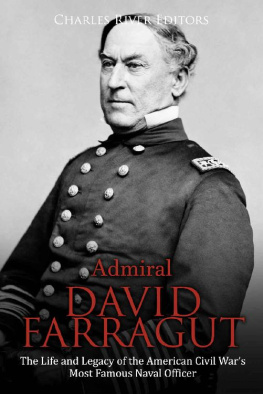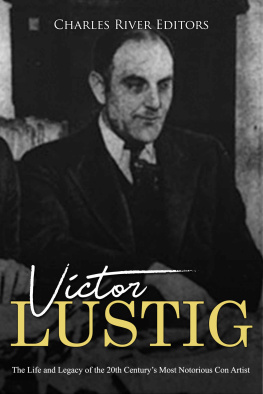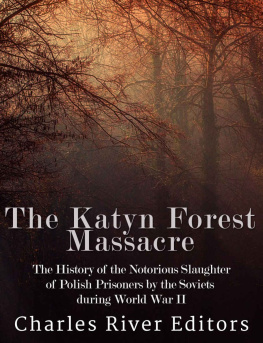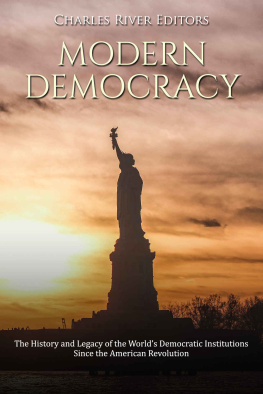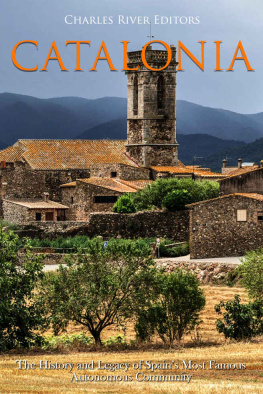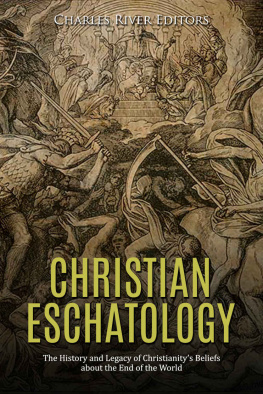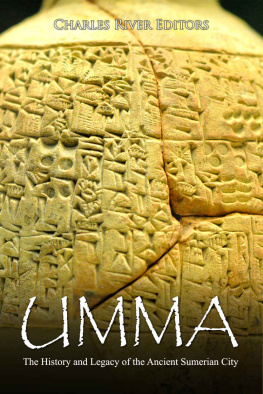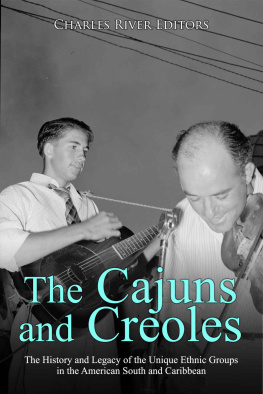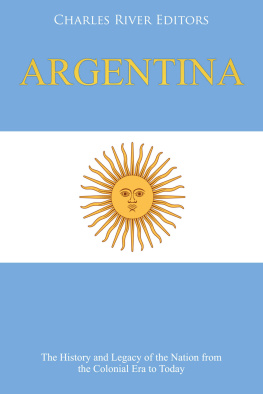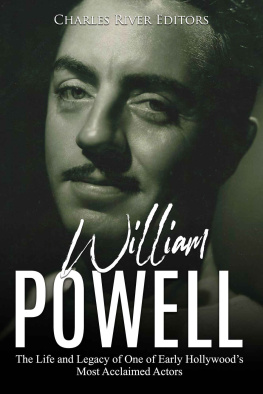Charles River Editors - Casimir Pulaski: The Life and Legacy of the Polish Commander Who Became the Father of the American Cavalry during the Revolutionary War
Here you can read online Charles River Editors - Casimir Pulaski: The Life and Legacy of the Polish Commander Who Became the Father of the American Cavalry during the Revolutionary War full text of the book (entire story) in english for free. Download pdf and epub, get meaning, cover and reviews about this ebook. year: 2018, publisher: Charles River Editors, genre: Non-fiction. Description of the work, (preface) as well as reviews are available. Best literature library LitArk.com created for fans of good reading and offers a wide selection of genres:
Romance novel
Science fiction
Adventure
Detective
Science
History
Home and family
Prose
Art
Politics
Computer
Non-fiction
Religion
Business
Children
Humor
Choose a favorite category and find really read worthwhile books. Enjoy immersion in the world of imagination, feel the emotions of the characters or learn something new for yourself, make an fascinating discovery.

- Book:Casimir Pulaski: The Life and Legacy of the Polish Commander Who Became the Father of the American Cavalry during the Revolutionary War
- Author:
- Publisher:Charles River Editors
- Genre:
- Year:2018
- Rating:3 / 5
- Favourites:Add to favourites
- Your mark:
- 60
- 1
- 2
- 3
- 4
- 5
Casimir Pulaski: The Life and Legacy of the Polish Commander Who Became the Father of the American Cavalry during the Revolutionary War: summary, description and annotation
We offer to read an annotation, description, summary or preface (depends on what the author of the book "Casimir Pulaski: The Life and Legacy of the Polish Commander Who Became the Father of the American Cavalry during the Revolutionary War" wrote himself). If you haven't found the necessary information about the book — write in the comments, we will try to find it.
Charles River Editors: author's other books
Who wrote Casimir Pulaski: The Life and Legacy of the Polish Commander Who Became the Father of the American Cavalry during the Revolutionary War? Find out the surname, the name of the author of the book and a list of all author's works by series.
Casimir Pulaski: The Life and Legacy of the Polish Commander Who Became the Father of the American Cavalry during the Revolutionary War — read online for free the complete book (whole text) full work
Below is the text of the book, divided by pages. System saving the place of the last page read, allows you to conveniently read the book "Casimir Pulaski: The Life and Legacy of the Polish Commander Who Became the Father of the American Cavalry during the Revolutionary War" online for free, without having to search again every time where you left off. Put a bookmark, and you can go to the page where you finished reading at any time.
Font size:
Interval:
Bookmark:
By Charles River Editors


Charles River Editors is a boutique digital publishing company, specializing in bringing history back to life with educational and engaging books on a wide range of topics. Keep up to date with our new and free offerings with this 5 second sign up on our weekly mailing list , and visit Our Kindle Author Page to see other recently published Kindle titles.
We make these books for you and always want to know our readers opinions, so we encourage you to leave reviews and look forward to publishing new and exciting titles each week.

An 1883 painting commemorating Pulaski
Casimir Pulaski
"I came here, where freedom is being defended, to serve it, and to live or die for it." - Pulaski
Many Americans labor under the misconception that the nations colonial and national heritage was almost wholly accomplished by an English migration, and the notion of early American diversity ends at an acknowledgment of the slave trade conducted between Southern buyers, Northern shippers, the African continent and the Caribbean region. However, early America witnessed the development of New York by the Dutch, the southernmost regions by Spain, and what would become eastern Canada by the French after lengthy battles with Britain. In fact, the Seven Years War during the 1750s was fought on a nearly global scale between several European belligerents.
As a result, when the Revolution began, the Continental Army sported numerous volunteers from Ireland, Scotland, virtually every European nation between France and Russia, and men from the northern and southern borders of the European continent. There are good reasons America doesnt possess a constitutionally-confirmed national language, despite an English-speaking majority; among the early proposals for such a common language, German and French served as contenders, with the latter going on to become Western Europes official diplomatic language. Likewise, those who accomplished the legislative, diplomatic, and military miracles that helped 13 separate colonies hold off the greatest power in the world represented a multi-national heritage.
By the time the Revolutionary War started, military confrontations between the world powers had become so common that combat was raised to the status of a fine art, consuming a large portion of time for adolescent males in training and comprising a sizeable component of the economy. Weaponry was developed to a degree of quality not accessible to most North Americans, and European aristocrats were reared in the mastery of swordsmanship with an emphasis on the saber for military use. Likewise, the cavalry, buoyed by a tradition of expert horsemanship and saddle-based combat, was a fighting force largely beyond reach for colonists, which meant that fighting on horses was an undeveloped practice in the fledgling Continental Army, and the American military did not yet fully comprehend the value of cavalry units. Few sword masters were to find their way to North America in time for the war, and the typical American musket was a fair hunting weapon rather than a military one. Even the foot soldier knew little of European military discipline.
However, with European nations unceasingly at war, soldiers from one side or the other often found themselves in disfavor, were marked men in exile, or were fleeing from a superior force. To General George Washingtons good fortune, a few found their way to the colonies to join in the cause. Some were adventurers recently cut off from their own borders, while others embraced the American urge for freedom that so closely mirrored the same movements in their home countries. Nations such as France undoubtedly had an elevating effect on Americas capacity to make formal war, and Lafayette is the most famous foreigner to serve in the Continental Army, but one of the most important individuals who arrived at Washingtons door was Polish aristocrat Kazimierz Michal Wladyslaw Wiktor Pulaski, known to future generations as the Father of the American Cavalry. Few foreign participants in early American events are as widely decorated in non-military society as this Polish cavalry officer driven into exile from his own nations fight for independence. Pulaski considered the American urge for resistance against Britain to be an inseparable principle from Polands lengthy struggle against Russian domination.
Today, streets, bridges, monuments, and even neighborhoods bear Pulaskis name across the country, and in Polish communities, he is often hailed as a hero equal to General Washington himself. Historians speculate that without Pulaski having taken specific actions in one or more crucial battles, the war against Britain might well have taken a far different and darker turn. At the very least, it was Pulaski who made Americas Congress and military leadership aware of the importance of cavalry units and a need for establishing the first true legion of warriors on horseback to act in support of the foot soldiers. A man of ferocious resolve despite a diminutive stature, Pulaski was the first to lead the unit bearing his name as a Brigadier General under Washington.
Casimir Pulaski: The Life and Legacy of the Polish Commander Who Became the Father of the American Cavalry during the Revolutionary War profiles one of the Revolutionary Wars most important figures. Along with pictures of important people, places, and events, you will learn about Pulaski like never before.
Pulaskis date and place of birth are sources of contention among historians. The generally accepted birthday has been March 6, 1745, although Polish-American historian Edward Pinkowski claims to have discovered the true date as March 4, 1747. Eventually, the date of March 6 was confirmed independently by two researchers, Wladyslaw Rudzinski and Reverend Stanislaw Makarewicz, and four matching baptismal records bear that date. Makarewicz was the pastor of St. Stefans Roman Catholic Church in Radom. Witnesses of Pulaskis baptism included Stanislaw Poniatowski, the father of the future king of Poland, Prince August Czartoryski, and Prince Fryderyk Michal Czartoryski, from the most powerful family in Poland. Kasimier Rudzinski, the Castellan of Czech, also witnessed the event and attested that the baptismal certificate was written at the time of the ceremony.

Stanislaw Poniatowski
Locating Pulaskis place of birth is more difficult, and the issue remains filled with uncertainties and controversies. One account suggests that he was born in the Polish town of Warka, situated on the left bank of the Pilica River. The area in which his birth occurred is further narrowed to the neighborhood of Winiary, where he is said to have spent the bulk of his childhood. Others claim that Pulaski was born in Podolia, a region occupying part of modern-day Ukraine. Still more set the location in Warsaw, at the manor house of the Pulaski family, and a separate claim is made for the region of Maziowa, a historic area of Northeastern Poland.
Font size:
Interval:
Bookmark:
Similar books «Casimir Pulaski: The Life and Legacy of the Polish Commander Who Became the Father of the American Cavalry during the Revolutionary War»
Look at similar books to Casimir Pulaski: The Life and Legacy of the Polish Commander Who Became the Father of the American Cavalry during the Revolutionary War. We have selected literature similar in name and meaning in the hope of providing readers with more options to find new, interesting, not yet read works.
Discussion, reviews of the book Casimir Pulaski: The Life and Legacy of the Polish Commander Who Became the Father of the American Cavalry during the Revolutionary War and just readers' own opinions. Leave your comments, write what you think about the work, its meaning or the main characters. Specify what exactly you liked and what you didn't like, and why you think so.





